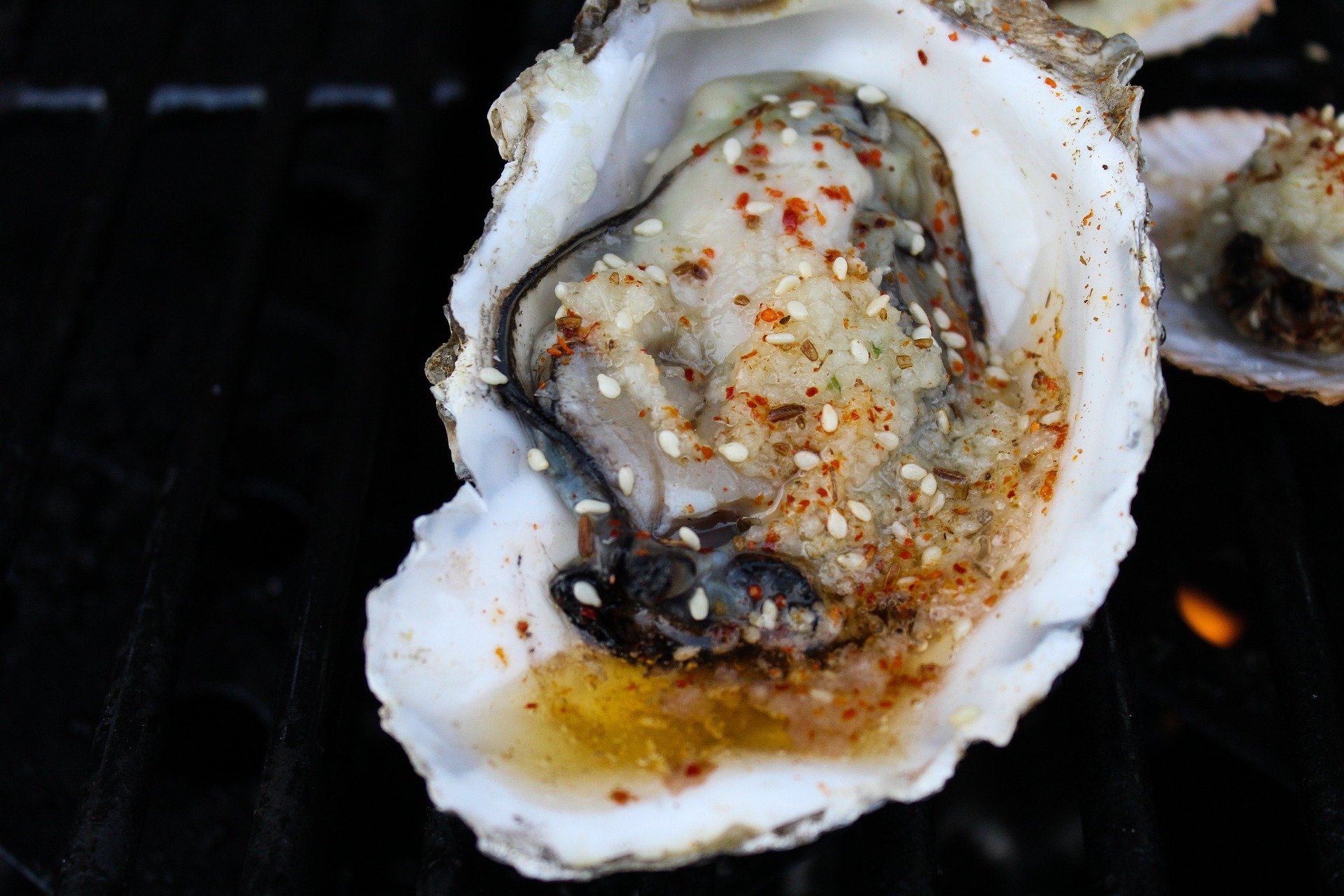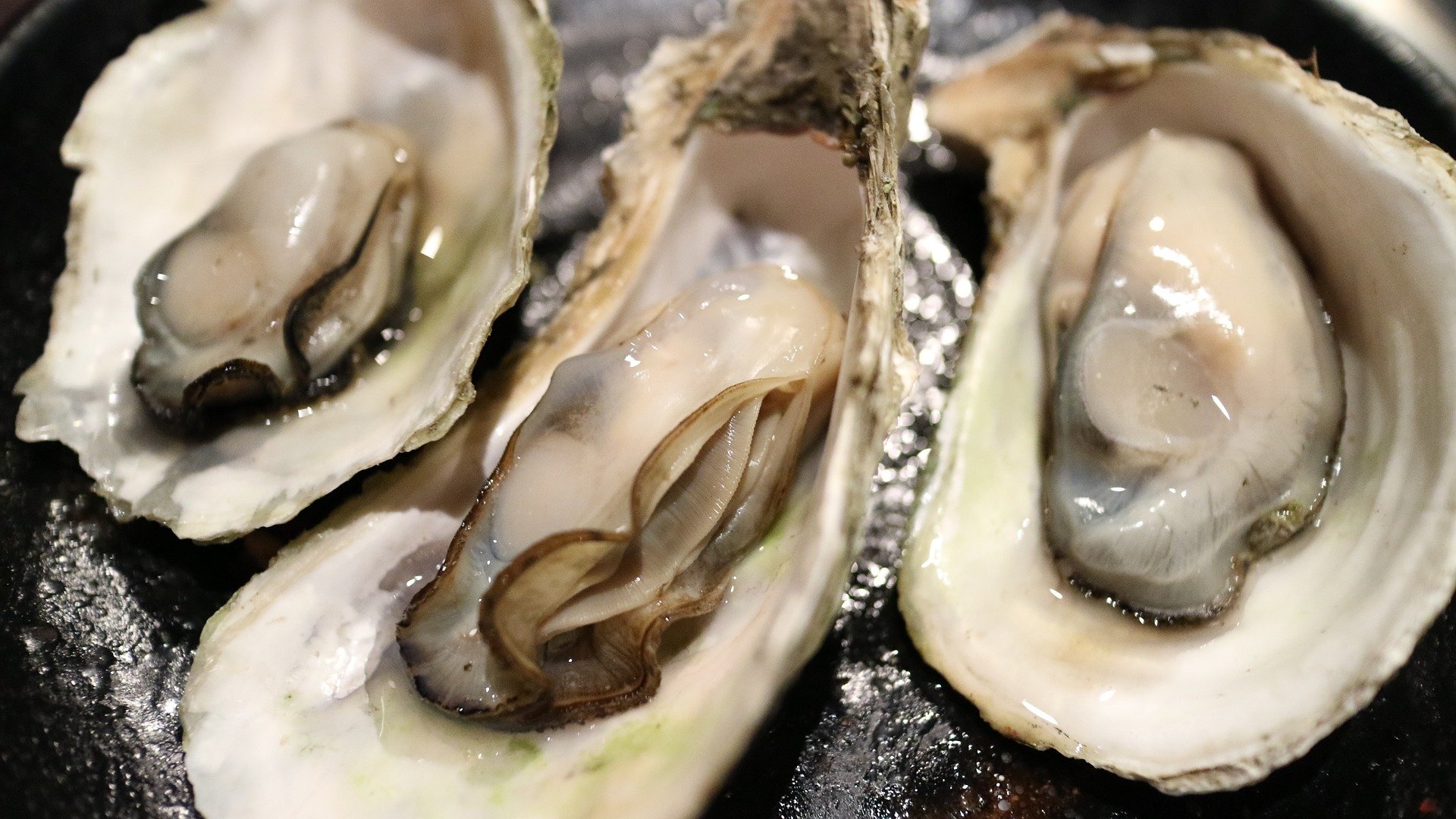
I’ve lived in Japan for 4 years now and there are a few things I adore that keep me assured in my decision to move to Japan. I’d like to introduce one of them to you today. Warning: If you’re hungry, you’ll find this article hard to read.
What is 牡蠣焼き
牡蠣焼き means Grilled Oysters in English. But it’s more than just a food. It is also the term that is used to describe the coal-fired BBQ grills, often found by the sea, where you can buy oysters by the bucket, and squeal in elation as they burst open in front of your eyes.
I was so shocked when I found out that oysters are somewhat of a normality in Japan. In England eating oysters is seen as a luxury only indulged in by the upper class. To slurp a champagne-drowned oyster down your gullet is something of a status symbol for many Brits.
However, here in Japan, it’s not got that status at all. Whilst oysters might not be a budget food, they’re not out of reach for most people. What’s more, they don’t come with the status symbol as they do in other countries.
I have come to love oysters in Japan. I don’t know how I’m going to go back to not having them. Whilst raw oysters are eaten here, in my experience grilled oysters are much more popular.
One thing to note is that kaki in Japanese can mean either persimmon or oyster. You might need to specify 海の牡蠣umi no kaki oysters from the sea to differentiate it in conversation.

Areas of Japan that Specialize in 牡蠣焼き
Hiroshima Prefecture:
- Location: Hiroshima is one of the largest oyster-producing regions in Japan, particularly in Miyajima and the Seto Inland Sea.
- Oyster Varieties: Miyajima and Hiroshima oysters are well-known for their plump and creamy texture.
- Average Prices: Prices can vary but expect to pay around 200 to 500 yen per piece for high-quality, fresh oysters at local seafood markets or restaurants.
Mie Prefecture:
- Location: Ise-Shima in Mie Prefecture is famous for its seafood, including oysters.
- Oyster Varieties: Akoya oysters from this region are prized for their sweetness and umami.
- Average Prices: Prices may range from 150 to 400 yen per piece, depending on the size and location.
Hokkaido:
- Location: Hokkaido, the northernmost island of Japan, is known for its cold, pristine waters ideal for oyster farming.
- Oyster Varieties: Hokkaido oysters are known for their clean and briny flavour.
- Average Prices: Prices can range from 100 to 300 yen per piece, depending on the size and location.
Iwate Prefecture:
- Location: The Sanriku Coast in Iwate Prefecture is a major oyster-producing region.
- Oyster Varieties: Iwagaki oysters are popular for their size and taste.
- Average Prices: Prices may vary, but you can expect to pay around 150 to 400 yen per piece.
Okayama Prefecture:
- Location: The Seto Inland Sea in Okayama Prefecture is another oyster-producing region.
- Oyster Varieties: Setouchi oysters are known for their rich, sweet flavour.
- Average Prices: Prices can range from 200 to 500 yen per piece, depending on the size and location.

How Does It All Work?
So now you know some good areas to go to in your quest to find oysters, but you might not know how to even go about ordering or eating in a 牡蠣焼き joint you find there.
Choose Your Oysters:
牡蠣焼き restaurants often offer a selection of oysters. Depending on the season and region, there may be different varieties available. Ask the server for recommendations or choose based on your preferences for size and flavour. You can ask 今季のおすすめは何ですか?What is your recommendation for this season?
In the restaurant I like to visit, you buy their locally farmed oysters by the kilo. They give them to you in a bucket at the counter and then you take them to a free BBQ grill, and you cook them yourself. This isn’t uncommon in areas that are famous for their oyster farms.
Select the Cooking Style:
Some restaurants allow you to grill your own oysters at the table. If so, you’ll need to choose your preferred cooking style. Common options include grilling with soy sauce and butter, or a simple preparation with a squeeze of lemon.
I’m a total sucker for the soy sauce and butter combination.
Grilling Process:
Carefully place the oysters on the hot grill, flat side down. The heat will cause the oysters to open slightly, making it easier to access the delicious meat inside. One thing to note, is that sometimes the oysters pop open, squirting out molten liquid. It’s not uncommon to get a few burns this way. Use tongs or a small spatula to flip the oysters as they cook.
Serve and Enjoy:
Once your oysters are cooked to perfection, transfer them to a plate. Be cautious as they will be hot. Enjoy the flavourful, freshly grilled oysters with your chosen condiments.
Savor the Experience:
Take your time to savor the flavors and enjoy the communal aspect of grilling oysters. 牡蠣焼きkakiyaki restaurants often provide a lively and social atmosphere, making it a memorable dining experience.
Japan is the promised land for any foodie out there. One of my favourite parts of living here rather than visiting is the ability to explore every nook and cranny of this country and find foods that tourists might miss. For me, falling in love with 牡蠣焼き has been one of my favourite parts of my time here.

















